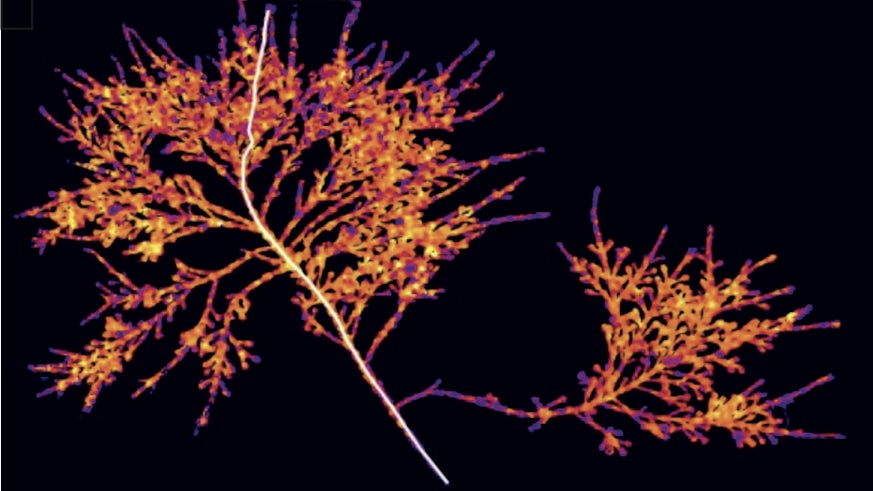Insight into role of microalgae in coastal food webs
3 March 2016

Algae that are hardened by the deposition of calcium carbonate (calcifying seaweeds) create reef habitats colonised by many other organisms that produce organic matter. To gain a better understanding of coastal food webs, Rupert Perkins, and co-workers at Nantes University, France, the Natural History Museum London, and Bristol University have developed a method of measuring the productivity of both the host seaweed and the cells of microalgae growing on it (http://www.nature.com/articles/srep22343). They have been able to determine the importance of each part of the community to the overall productivity and surprisingly, they observed that up to half of the organic matter was produced by microalgae called diatoms which grow on the seaweeds. Much of the rest of the productivity was from the host calcifying seaweed but the relative contributions of microalgae and seaweed productivity was largely controlled by light availability and the adaptations of the diatoms to their stressful environment. These microalgae are food for invertebrates, which in turn feed fish and support coastal food webs, so understanding their function is important in understanding their health and how factors such as climate change might impact upon them.